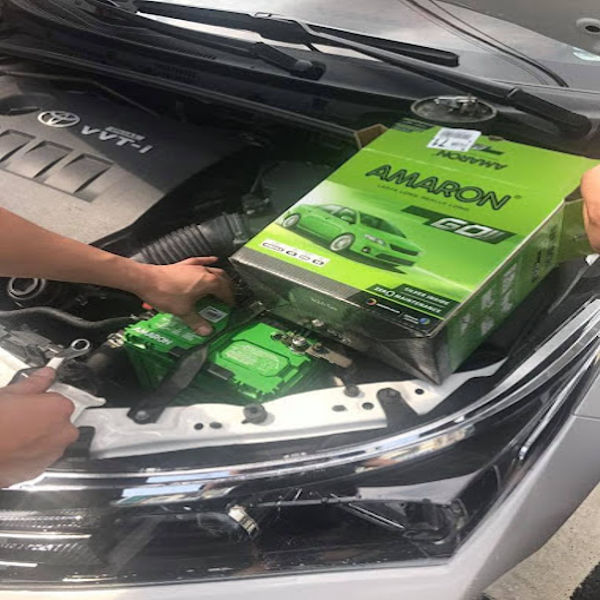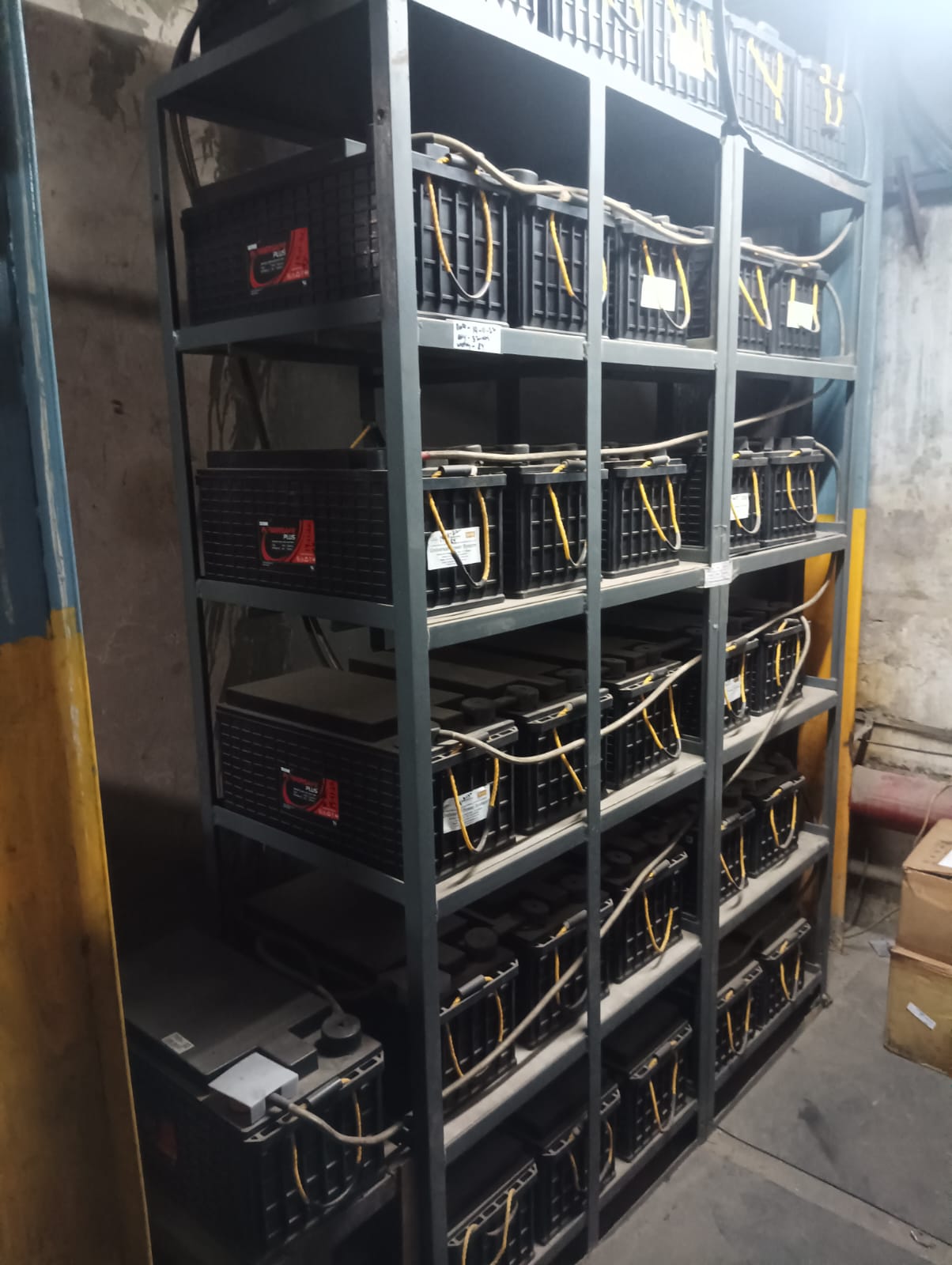overview of their key features, types, and specifications: Key Features Maintenance-Free: Amaron batteries are designed to be sealed and maintenance-free, eliminating the need for regular water topping. Long Life: They typically have a long service life, with many models offering 24 to 36 months of warranty. High Cranking Power: These batteries are engineered to deliver high cranking amps, ensuring reliable starts in various weather conditions. Vibration Resistance: Built to withstand vibrations, making them ideal for tough driving conditions. Fast Charging: Designed for quick recharging, providing convenience for users. Durability: Constructed with robust materials to resist corrosion and other wear factors. Types of Amaron Automotive Batteries Amaron Pro: Use: For higher-end vehicles. Features: High cranking power, longer warranty, suitable for heavy electrical loads. Amaron Flo: Use: Standard vehicles. Features: Affordable option, maintenance-free, good performance for everyday driving. Amaron Black: Use: Economy segment. Features: Cost-effective with decent performance, suitable for basic requirements. Amaron Hi-Life: Use: Designed for SUVs and high-performance cars. Features: Enhanced power delivery and longer lifespan. Specifications Voltage: Typically 12V. Capacity: Ranges from around 35Ah to 150Ah, depending on the model. Sizes: Available in various sizes (Batteries are often categorized by group size, such as 35, 40, 60, 75, etc.). Applications Cars SUVs Motorhomes Commercial vehicles Conclusion Amaron batteries are popular for their reliability and performance in automotive applications. For specific models, you can refer to the Amaron website or your local distributor for the latest catalogs and images. If you have any specific questions or need further details about a particular model, feel free to ask!
Send Message







